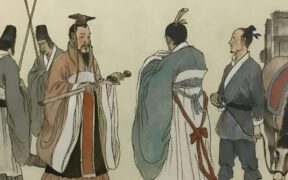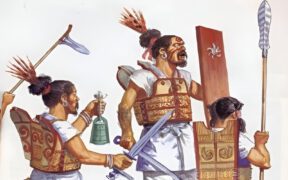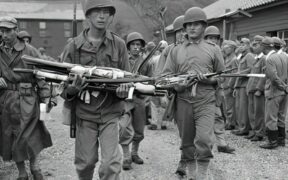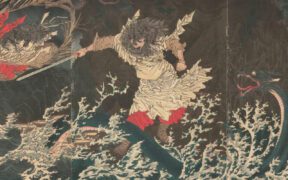Our content features commercial links to our products, committed to transparent, unbiased, and informed editorial recommendations. Learn More
History of Japanese Swords Through 5 Successive Eras
NO AI USED This Article has been written and edited by our team with no help of the AI
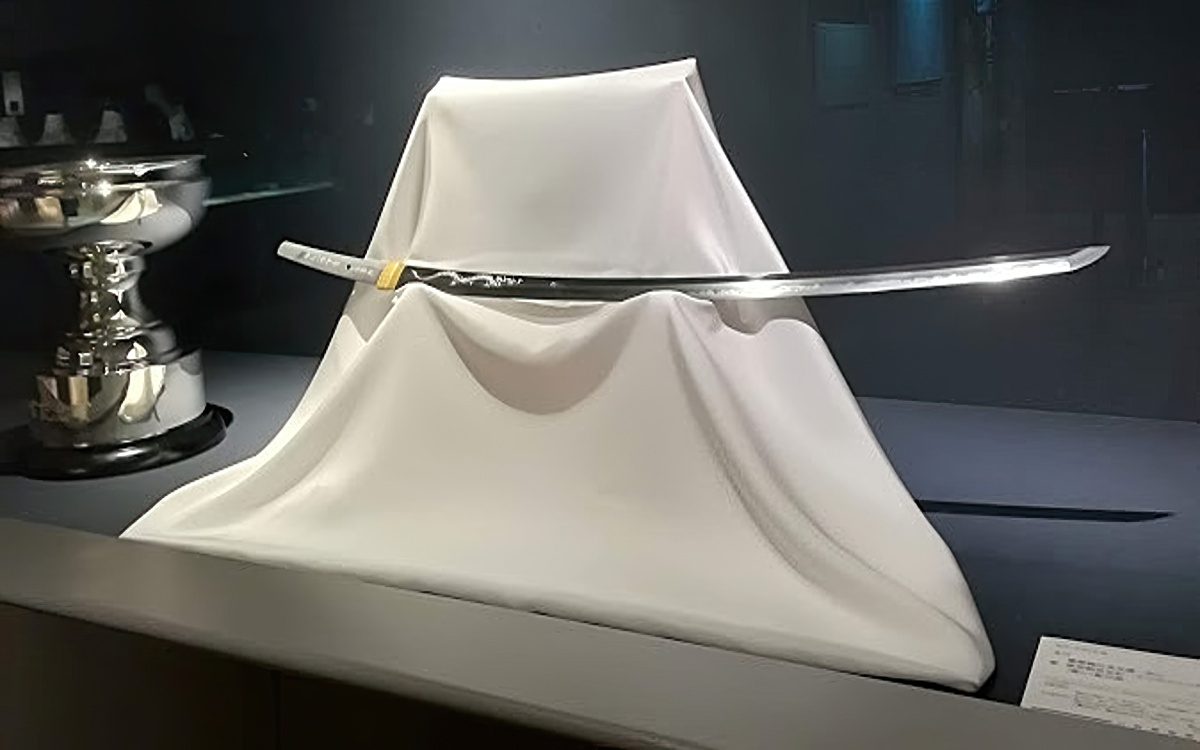
The Japanese sword boasts a rich and lengthy history, having continuously evolved in response to changing demands on the weapon. The technology, shape, and features that we recognize today were perfected during the medieval period in Japan. The Japanese sword underwent further changes until the end of the feudal period in 1868, although these were based on the foundations established during medieval times.
Let’s delve into the history of Japanese swords, how the sword design evolved over centuries, and the intimate connection between the sword and Japanese culture.
Japanese Sword Eras and Historical Periods
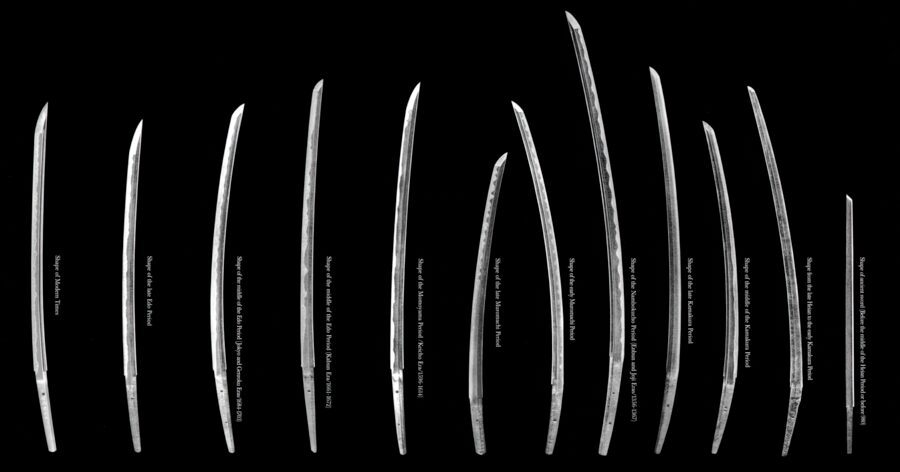
The history and development of Japanese swords can be categorized into different eras: Jokoto, Koto, Shinto, Shinshinto, and Gendaito. These sword eras represent distinct stages in the development and evolution of Japanese swords, each with its own characteristics and styles. However, there are some disagreements among historians regarding the exact beginning and end of these eras.
Jokoto Era
The Jokoto era refers to the ancient historical period in Japan. Swords produced from at least the 4th or 5th century to about the 10th century are generally called jokoto, meaning ancient swords. However, these swords had straight blades, and do not fall under the classification of nihonto, which is a curved, single-edged blade.
The first metal sword appeared in Japan during the Yayoi period in the form of bronze swords (doken). However, these bronze swords seem to have been used primarily for ceremonial purposes—not as weapons. The first steel swords only appeared in Japan during the Kofun period.
In the Kofun Period (250 – 552 CE)
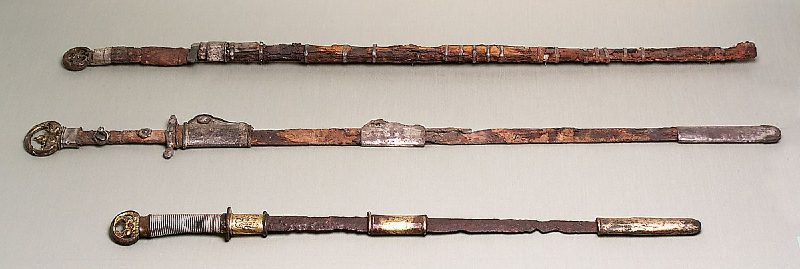
The term kofun refers to the earthen tombs, or tumuli, created by the people of the period. The earliest steel swords were found in these tombs. Swords of this period were straight and short and would have been ideal for infantry tactics. As clans began competing for power, they deployed their troops to engage in battles. The Kofun-period warriors were not samurai but military elites of early clan groups.
The tsurugi (ken) is a straight, double-edged blade designed for thrusting, while the jokoto tachi (chokuto) is a straight, single-edged blade used for cutting. The techniques of using these straight swords centered primarily on thrusting and hacking.
In the Nara Period (710 – 784)
Although Nara was the center of government and culture during the period, swords were being made throughout Japan. They varied in quality, likely due to variations in sword making technology and the quality of obtainable iron ore in different provinces where swords were produced.
Also, many swords were imported from China. It is believed that the technology that led to the development of the Japanese sword likely originated from China and was introduced to Japan through Korea. Throughout this period, Japanese swordsmiths experimented with folding sword steel, resulting in highly resilient blades.
Koto Era
The Koto era spanned from the mid- or late-Heian period to the mid-Momoyama period. Swords produced during this era are called koto, meaning old swords.
During this era, Japanese swordsmiths made significant progress in improving the imported steelworking techniques. As Japanese blades started to acquire curvature, they gradually shifted from a thrusting tool to a slashing weapon.
In the Heian Period (794 – 1185)
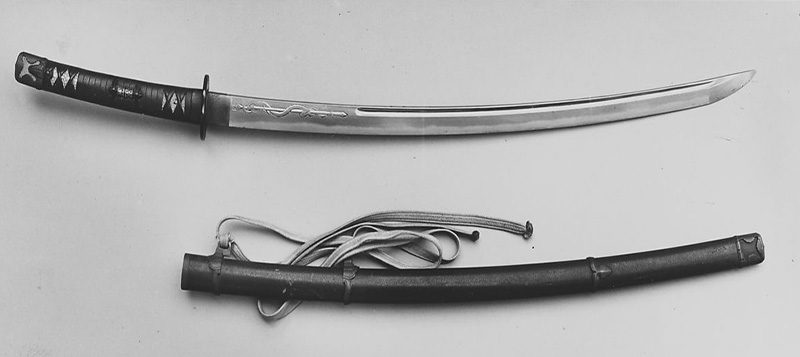
Straight swords, such as the chokuto, continued to be produced until the middle of the Heian period and remained in use until the late 10th century. Interestingly, during this time, the true Japanese sword with a curved blade, known as the nihonto, made its first appearance.
Since the Heian warriors fought from horseback and preferred slashing swords rather than thrusting weapons as curved swords had an advantage over straight swords when cutting downwards from horseback. The swords of this period were the tachi, which had a curved blade and a single cutting edge. The tachi swords were worn with the scabbard suspended from the belt, requiring two motions before the cut.
In the Kamakura Period (1192 – 1333)
By the Kamakura period, the first military government, the bakufu or shogunate, was established in Japan. It was presided over by a shogun, who answered to the emperor, though his control of the military became virtually the same as the control of the country.
During the time, the samurai class controlled Japan and needed more effective and functional swords for fighting. The new shogunate promoted the production of better blades, and the Mongol invasions of Japan in 1274 and 1281 also influenced sword designs and the manufacturing process.

Advances in sword design included the addition of a soft steel core into the center of the blade, unlike the previous swords made of a single piece of steel. Japanese swordsmiths also produced tanto daggers that would be efficient in hand-to-hand combat. The samurai also used the tanto in seppuku or ritual suicide to achieve an honorable death, capture, and punishment.
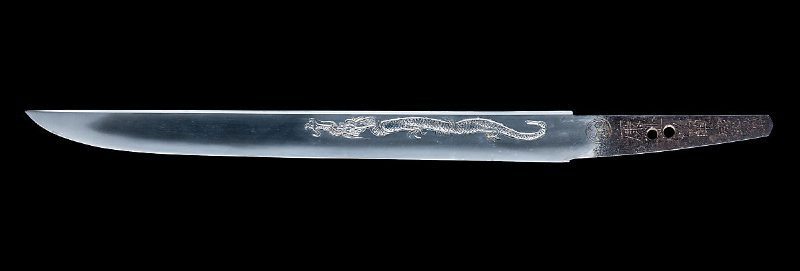
Swordsmiths also began carving grooves (hi) and decorative carvings (horimono) into the blade. The grooves lightened the blade without compromising its strength, while the horimono imbued religious or protective talismans into the weapon. Some swordsmiths also produced sword blades with extravagant hamon, or temperline pattern along the cutting edge.
In the Nanbokucho Period (1336 – 1392)
At the end of the Kamakura and during the Nanbokucho period, the Gokaden, or the five major sword-making schools or traditions, developed in Japan. These include the Bizen, Soshu, Yamashiro, Yamato, and Mino traditions. These schools solidified the technology and design of Japanese swords.
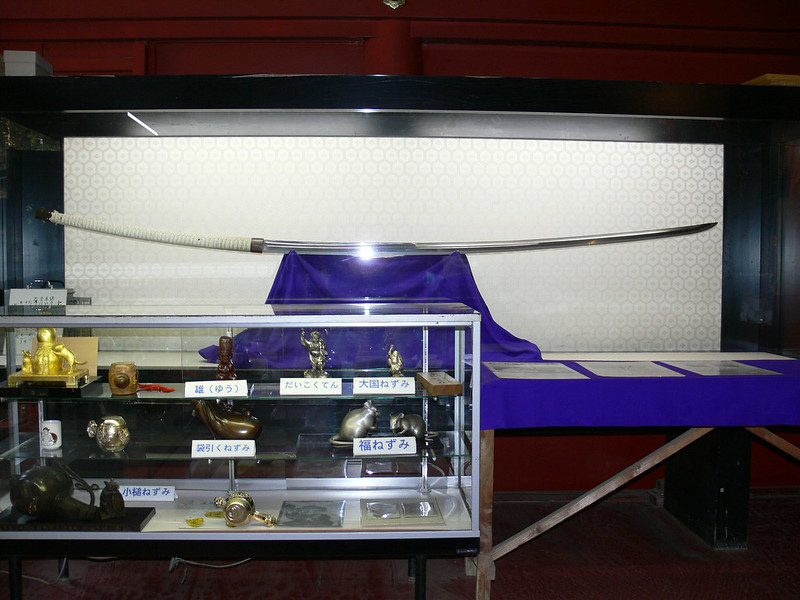
During this time, the imperial family was divided into two factions, leading to significant changes in Japanese swords. The samurai warriors fought on foot rather than on horseback. As a result, Japanese swords increased in size, with the enormously long tachi swords being called no-dachi (field swords) and o-dachi (large tachi).
The tanto of the Nanbokucho period was also longer than a typical dagger and is known as sunnobi tanto or ko-wakizashi (short sword). The popularity of oversized blades was likely due to two rival imperial courts, which tended to beat one another in displays of military prowess.
In the Muromachi Period (1338 – 1573)
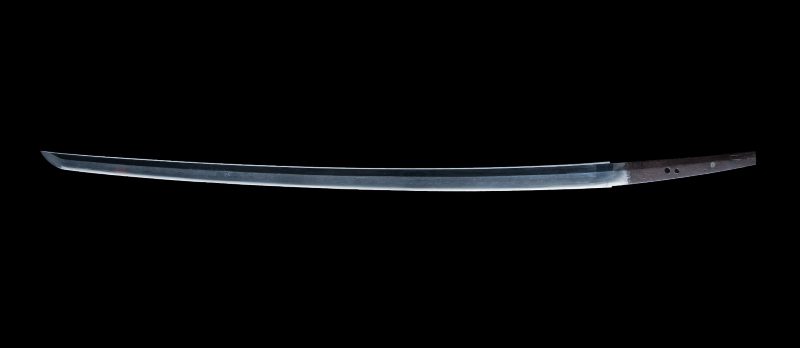
At the beginning of the Muromachi period, a new shogunate was formed, and peace prevailed, affecting the development of Japanese swords. The displays of military prowess were no longer needed, so sword designs followed those of the earlier Kamakura-period blades. However, Muromachi-period blades were curved near the point rather than the hilt.
Unfortunately, the late Muromachi period was a time of civil war, often called the Sengoku period or the Age of the Country at War. Due to the need for quicker combat response, the uchigatana-type sword became popular. The samurai wore the uchigatana with its edge upwards in the belt, so the action of drawing also became the action of striking.
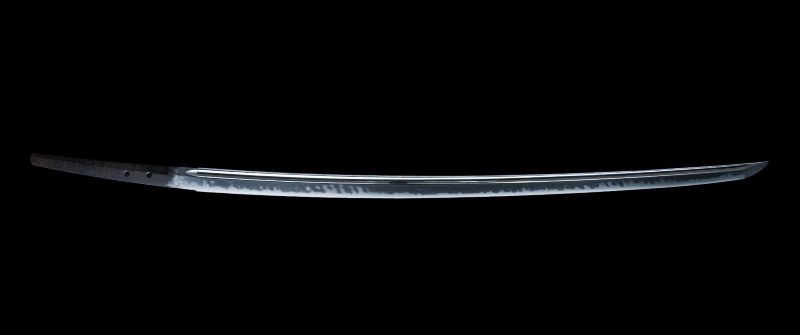
The uchigatana-type sword was made in both short and long lengths, with the short sword called wakizashi and the long sword called katana. The uchigatana-type sword could be wielded with one hand and was more suitable for fighting in enclosed spaces. Also, some Muromachi-period tanto daggers had two cutting edges, similar to the tsurugi of early times.
Shinto and Shinshinto Eras
The terms Shinto and Shinshinto mean New Swords and New-New Swords, respectively. The Shinto era begins from the mid-Momoyama period to the late Edo period, followed by the Shinshinto era, which extends until the early Meiji period.
During these eras, new methods and trends in sword production emerged. The most significant development was the custom of wearing the daisho, a pair of long and short swords, and the complete abandonment of the tachi.
In the Momoyama Period (1574 – 1600)
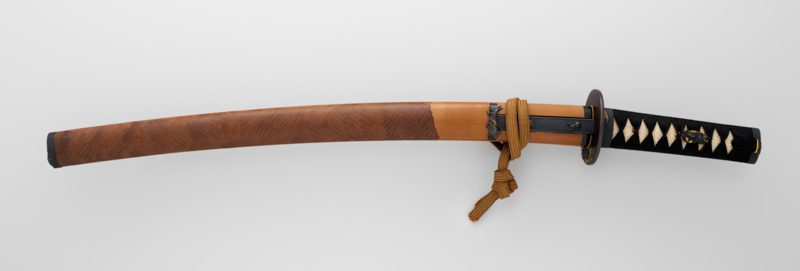
During the period, it became customary for the emperor, shoguns, and daimyos to reward valued retainers with swords. As a result, the craftsmanship and mountings of swords became elaborate. Artisans began incorporating gold, lacquer, and other costly materials into the hand guard (tsuba), scabbard (saya), and other sword fittings like kozuka, fuchi, and kashira.
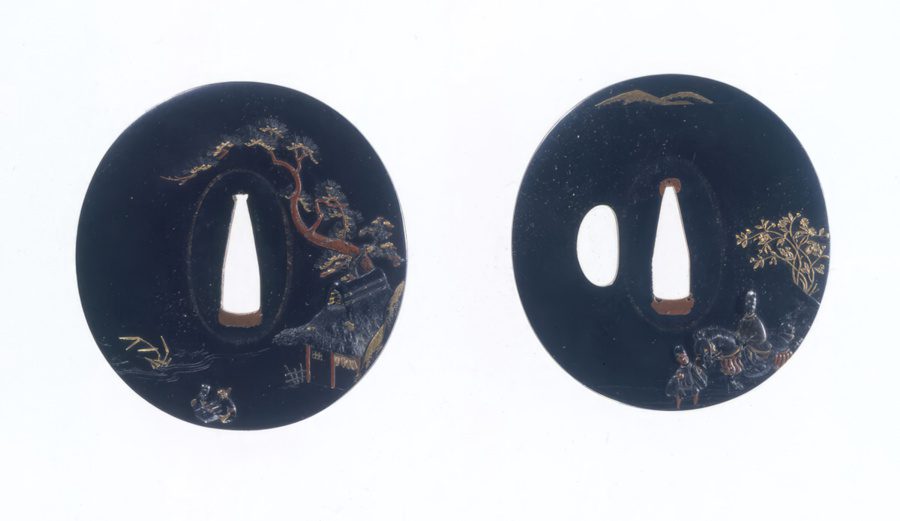
The wearing of a daisho, a pair of wakizashi and katana swords, became customary among samurai. Japanese leader Toyotomi Hideyoshi prohibited the use of long swords among farmers, merchants, and monks, establishing the katana sword as the badge of the samurai. The wearing of daisho was restricted only to the samurai class, though members of some classes were allowed to carry a short sword.
In the Edo Period (1603 – 1867)
With Japan unified under a strong government, the Tokugawa shogunate, the country experienced a period of peace and prosperity. As a result, the demand for swords declined. Also, various factors posed challenges to maintaining the standards of swordmaking, leading some swordsmiths to produce inferior blades. Still, wealthy samurai could commission high-quality katana blades and sword mountings.
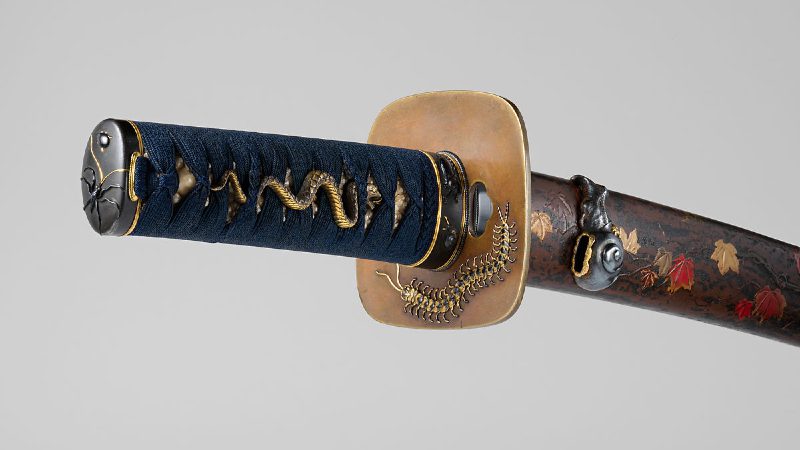
By the late 18th century, there was a revival of interest in traditional Japanese swords, marking the beginning of the Shinshinto era. Shinshinto blades were functional and efficient for combat, and swordsmiths experimented with forging methods and new sword designs.
Gendaito Era
The Gendaito era spans from the mid-Meiji period until the present times. Swords produced during this era are generally called gendaito, meaning modern swords.
Many swords were mass-produced for officers in the imperial army. Still, some swordsmiths were able to maintain the sword-making tradition. From this time onward, Japanese swords have been valued more as art objects rather than functional weapons.
In the Meiji Period (1868 – 1912)
The Meiji Restoration of 1868 brought modernization to Japan, following the example of Europe and America. It ended the Tokugawa shogunate (military dictatorship) and restored the imperial rule. As a result, the samurai class lost its privileged position in Japanese society. In 1876, the Haitorei edict was issued, prohibiting the wearing of swords in public.
Even if swords were no longer a practical weapon for the post-samurai Japanese military, imperial officers still carried military swords called gunto as a display of rank. Many of these military swords were mass-produced, made of modern foundry steel instead of the tamahagane steel used in traditional Japanese blades.
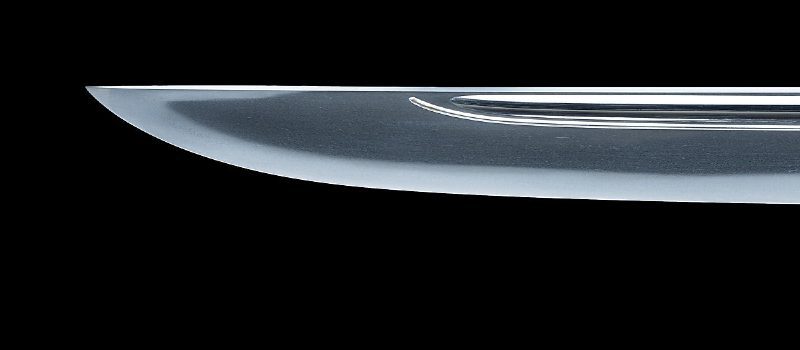
After the Sino-Japanese and Russo-Japanese Wars, there was a renewed appreciation for traditionally-made Japanese blades, mainly for military officers. To preserve the traditional art of sword making, the Meiji emperor designated swordsmiths and artisans for the imperial household. Important swords were also recognized as national treasures, including those owned by shrines and temples.
In the Taisho Period (1912 – 1926)
Several factors made the Taisho period a turbulent time in Japanese history. For instance, Japan entered World War I in 1914, bringing economic challenges to the country. There was little demand for Japanese swords during the time, though swordsmiths managed to preserve the traditional methods of swordmaking. Some also made ceremonial swords for the dedication of Shinto shrines.
In the Showa Period (1926 – 1990)
During the Showa period, before and during World War II, swords were produced on a large scale. These Showa-era swords, or Showa-to, may have looked like traditional Japanese swords but had factory-produced blades. Some may have a hamon or temperline pattern, but lack the characteristic steel surface of Japanese blades.
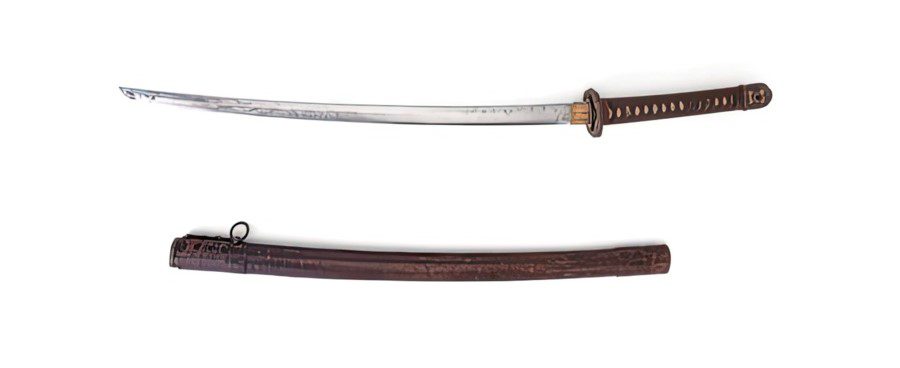
In 1934, the shin-gunto was designed for the Japanese army, modeled after the tachi swords. On the other hand, the kai-gunto was the less common naval version of the shin-gunto used by naval officers. During wartime, many blades from older periods were remounted for use in military mounts, so the term gunto does not say which blade is mounted.
After Japan’s defeat in the war, the Western occupying forces implemented demilitarization policies that banned sword making and martial arts training. However, in 1953, sword making and related arts were recognized as important cultural assets, and the occupying forces permitted the Japanese to resume sword production. Since then, all swords made in Japan have been considered art swords.
In the Heisei Period (1989 – 2019)
In modern times, several organizations in Japan are dedicated to the preservation and appreciation of Japanese swords. Also, Japanese swordsmiths still strive to make better swords, primarily as objects of art. Some were even designated as Living National Treasure (Ningen Kokuho), such as swordsmith Amata Akitsugu in 1997 and sword polisher Nagayama Kokan in 1998. Several Japanese martial arts, such as kenjutsu, kendo, and iaido, focus on the principles and techniques of the samurai sword. These martial arts have a long history and are still practiced in Japan today.
